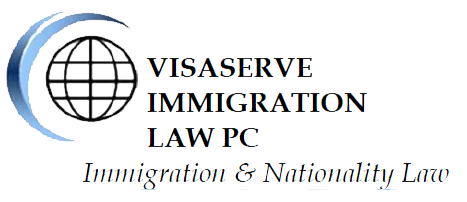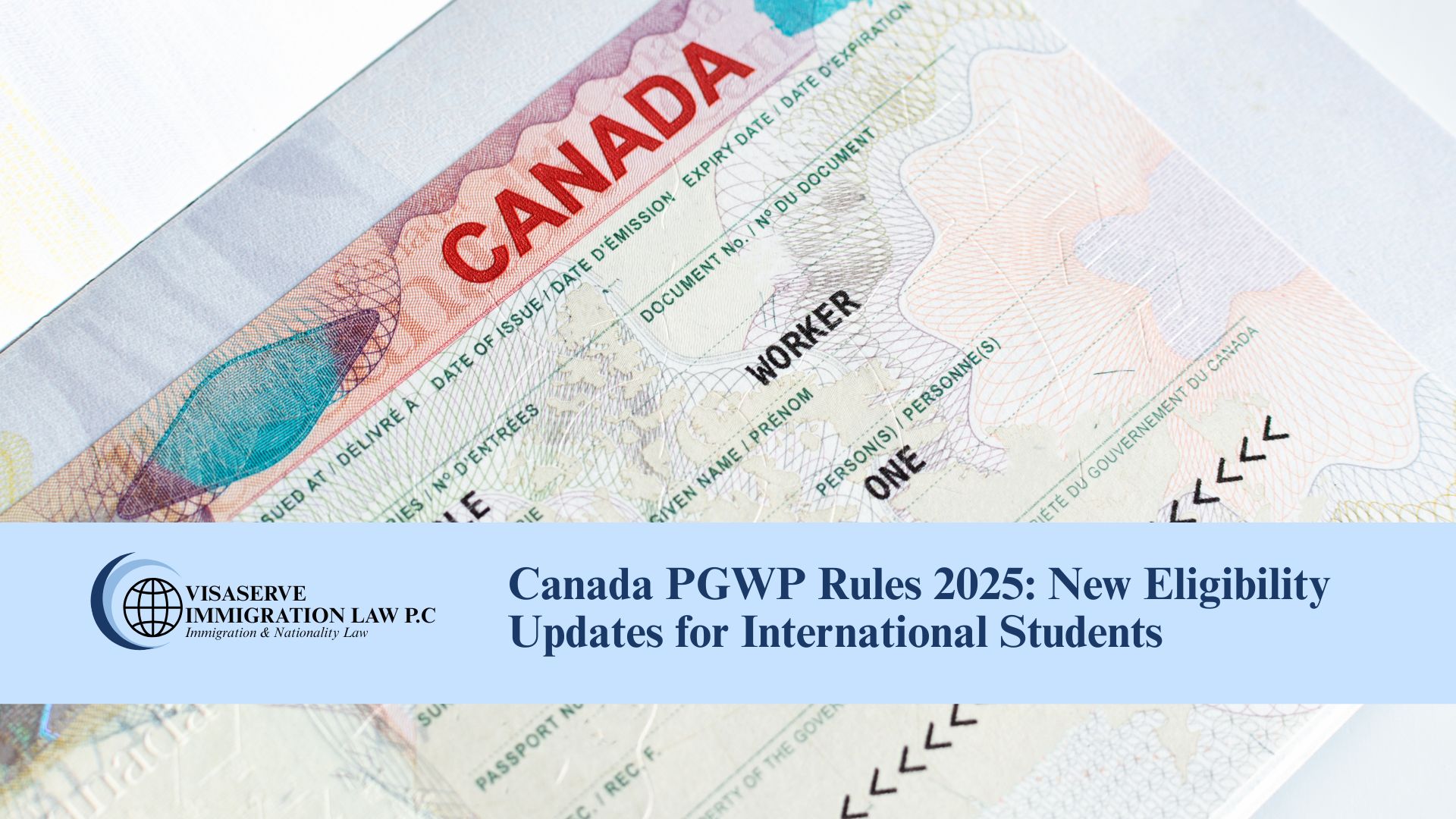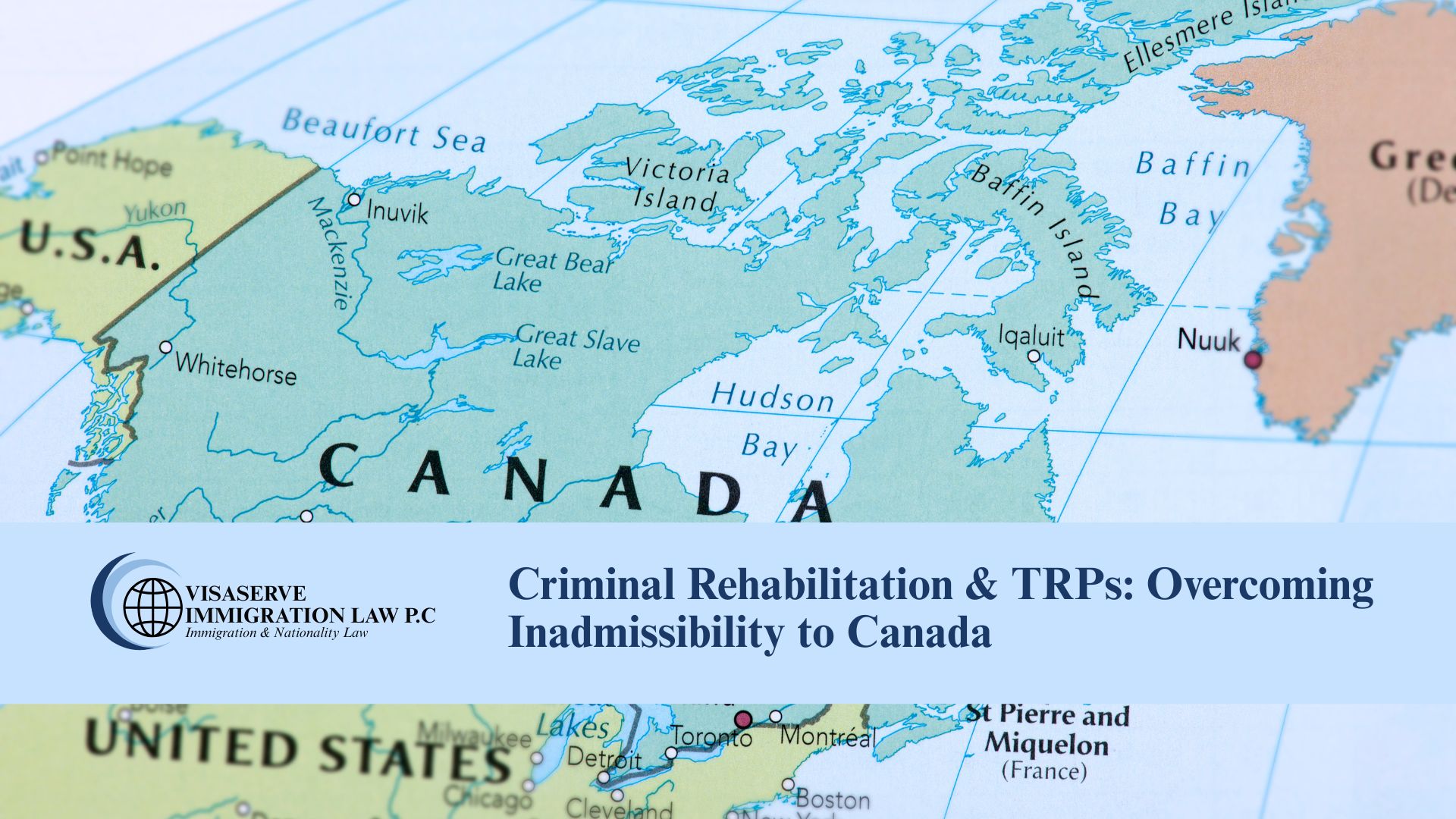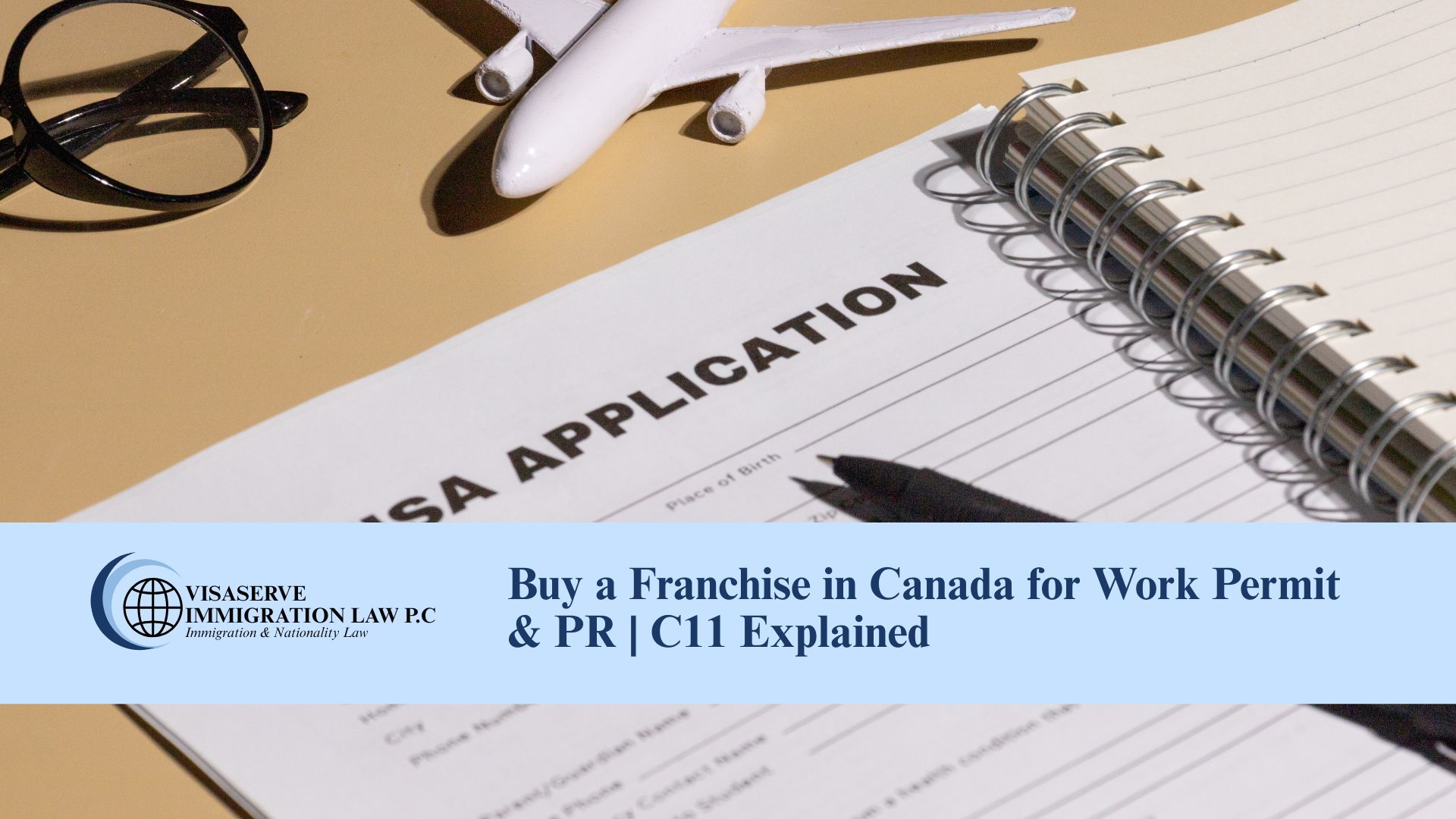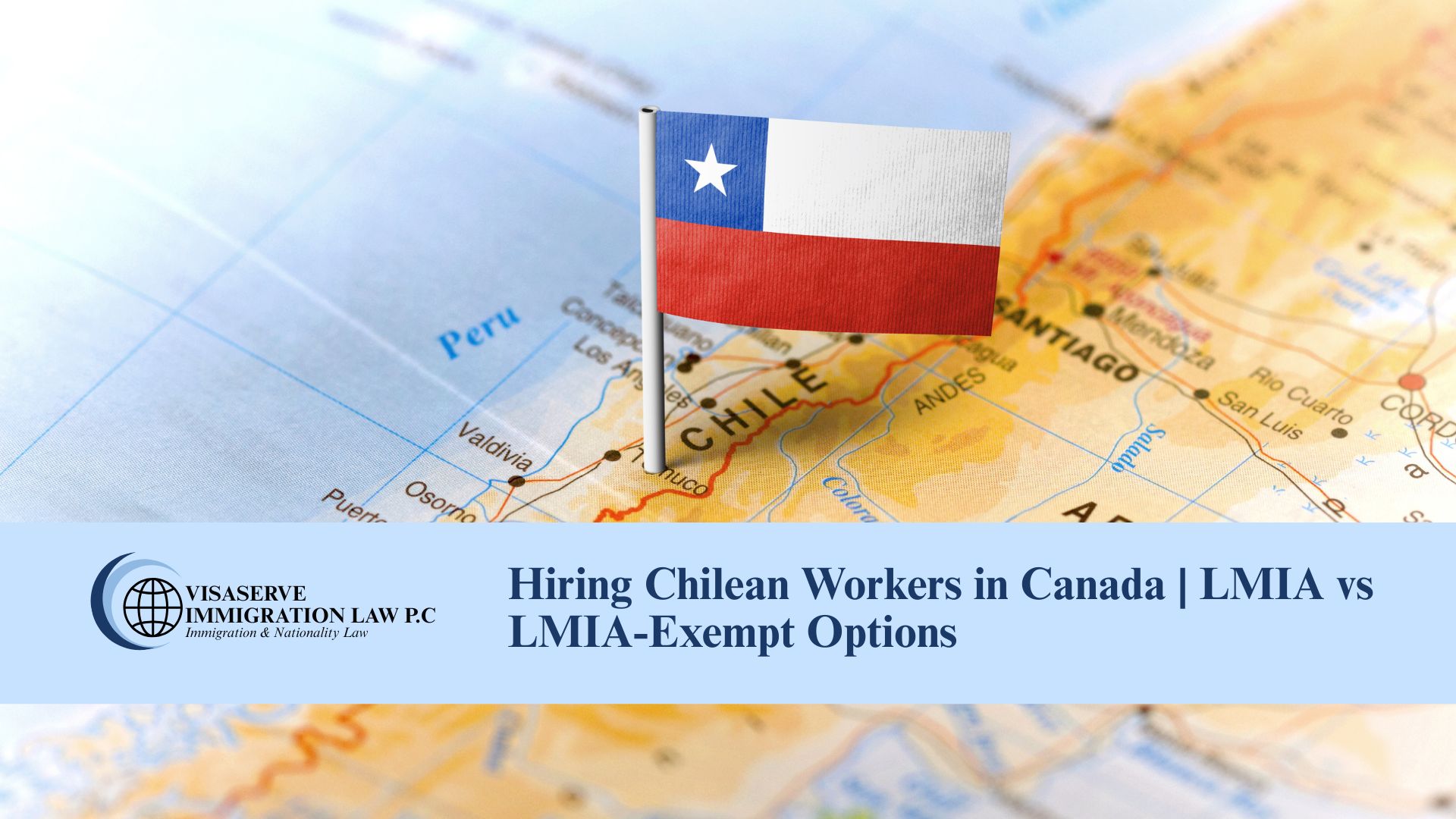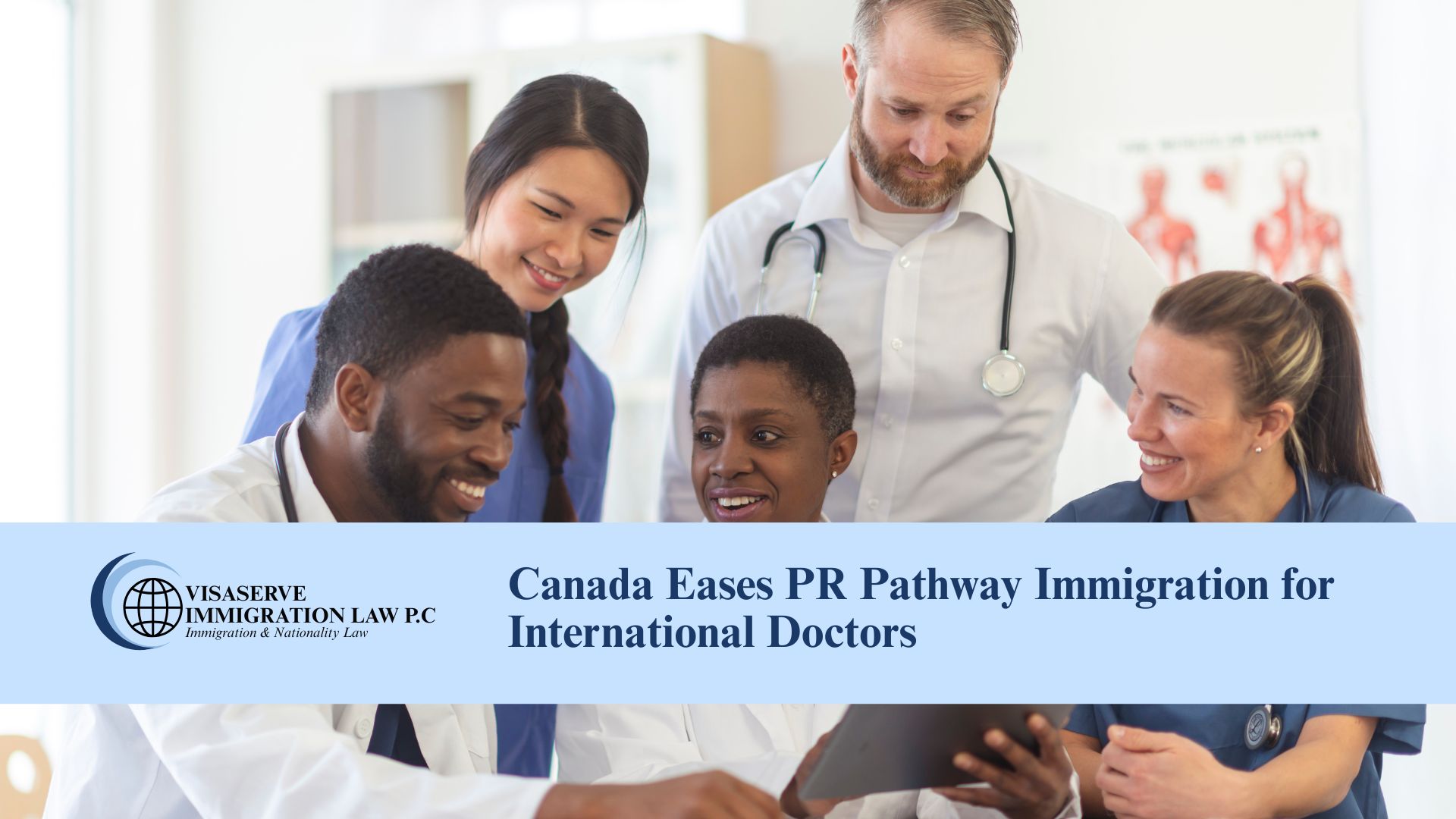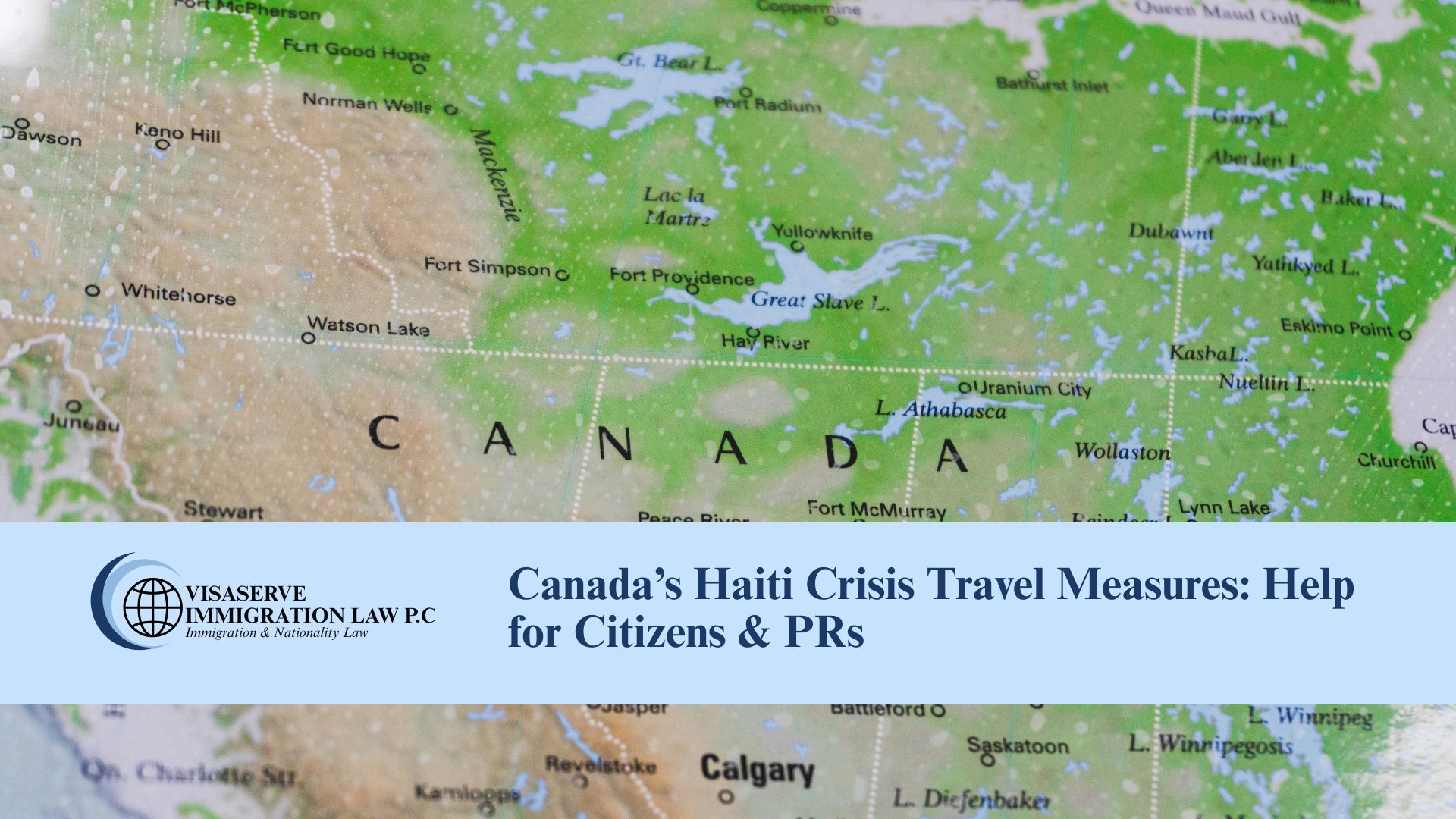Intro:
The holiday season brings festive cheer and increased international travel from mid-November through mid-February. All travelers need to interact with Customs and Border Protection (CBP) in the U.S. and the Canada Border Services Agency (CBSA) when entering Canada. Additionally, some may need to visit the respective Consulate Offices.
Guidance for U.S. Travel:
1. Verify Your Eligibility: U.S. immigration travel rules can change without notice. Before departing, consult an immigration law expert because each individual’s circumstances are unique.
2. Gather Essential U.S. Travel Documents:
– A passport valid for at least six months beyond your intended U.S. departure date.
– A valid U.S. visa (when required).
– Original Form I-797, Notice of Approval (usually needed for nonimmigrant petition-based cases).
– A valid advance parole travel document for those with pending status adjustments.
– For U.S. lawful permanent residents, a valid Lawful Permanent Resident Card.
3. Understand the I-94 System: The CBP uses an automated Form I-94 system at air and sea ports-of-entry. After entering the U.S., print out your I-94 Form (arrival/departure record) from the CBP’s official website. Always do this after each trip, as accessing previous records can be challenging.
4. Prepare for a U.S. Consulate Office Visit:
– Consular appointments may have long wait times, especially during the holidays. Review visa processing times on travel.state.gov.
– Most individuals between 14 and 79 years old will need an in-person interview. Online resources provide details about waivers.
– Third Country Processing (TCP) can be an option, but understand that it’s discretionary and intricate.
– Keep abreast of any changes that might influence visa processing durations.
– Remember: Every TCP is unique. Familiarize yourself with security clearances/administrative processing based on INA section 221(g) before moving forward.
Guidance for Canadian Travel:
1. Verify Your Eligibility for Canadian Entry: Canadian immigration policies can shift, particularly in response to global events. Check current entry prerequisites before traveling or seek guidance from a Canadian immigration law expert.
2. Gather Essential Canadian Travel Documents:
– A valid passport.
– An Electronic Travel Authorization (eTA) or visa, depending on your origin country.
– Proof of sufficient funds for your (and accompanying family members’) stay.
– Any other documents mandated by the CBSA.
3. Understand Canadian Point of Entry Procedures: The CBSA oversees entry into Canada. Know their procedures, prepare for potential interviews, and always carry necessary documents.
4. Consider Canadian Immigration Options:
– If you’re considering a prolonged visit or permanent residency in Canada, research pathways like Express Entry, Provincial Nominee Program, and Family Class Sponsorship.
– Monitor visa and permanent residency application processing times on the official IRCC website. Consider adding a direct link here for convenience.
– Recognize that Canadian immigration considers criteria such as age, education, work experience, and language skills. Preparation in these areas can be advantageous.
Conclusion:
Traveling to the U.S. or Canada requires an understanding of each country’s unique immigration and travel regulations. Always stay informed, and if uncertain, seek professional advice.
For those planning to visit or migrate to the U.S. or Canada this holiday season, the VISASERVE – NPZ Law Group is here to guide you. Reach out to us at info@visaserve.com or 201-670-0006 (x104). We wish everyone safe and hassle-free travels!
